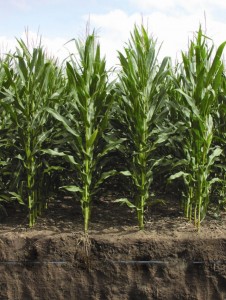California Drought Update: Governor Directs First Ever Statewide Mandatory Water Reductions
Following the lowest snowpack ever recorded and with no end to the California drought in sight, Governor Edmund G. Brown Jr. announced actions to save water, increase enforcement to prevent wasteful water use, streamline the state’s drought response and invest in new technologies that will make California more drought resilient.
“Today we are standing on dry grass where there should be five feet of snow. This historic drought demands unprecedented action,” said Governor Brown. “Therefore, I’m issuing an executive order mandating substantial water reductions across our state. As Californians, we must pull together and save water in every way possible.”

 California Utility company, PG&E, sees a big opportunity to help farmers reduce their water use and electricity use, at the same time. By doing so, it can save precious water, help farmers save money, and help the power company itself reduce overall electricity demand – which means avoiding having to build costly new power plants.
California Utility company, PG&E, sees a big opportunity to help farmers reduce their water use and electricity use, at the same time. By doing so, it can save precious water, help farmers save money, and help the power company itself reduce overall electricity demand – which means avoiding having to build costly new power plants. The use of flood and center pivot irrigation of crops via the waters of the Ogallala Aquifer is as hot a discussion topic as the current drought.
The use of flood and center pivot irrigation of crops via the waters of the Ogallala Aquifer is as hot a discussion topic as the current drought. Water is a precious commodity. Just ask California growers trying to navigate through a drought that is said to be one of the worst since the 1500s.
Water is a precious commodity. Just ask California growers trying to navigate through a drought that is said to be one of the worst since the 1500s.